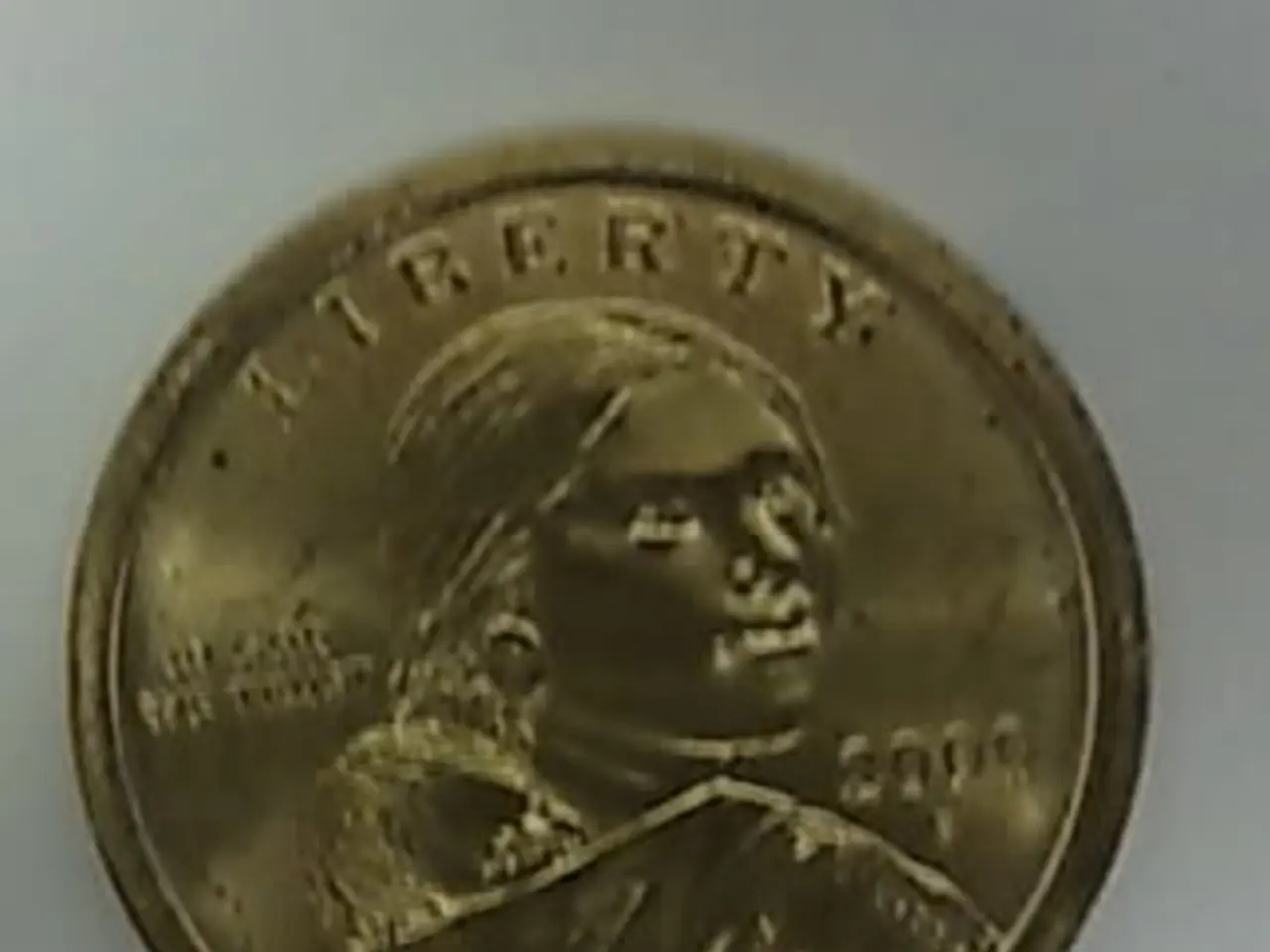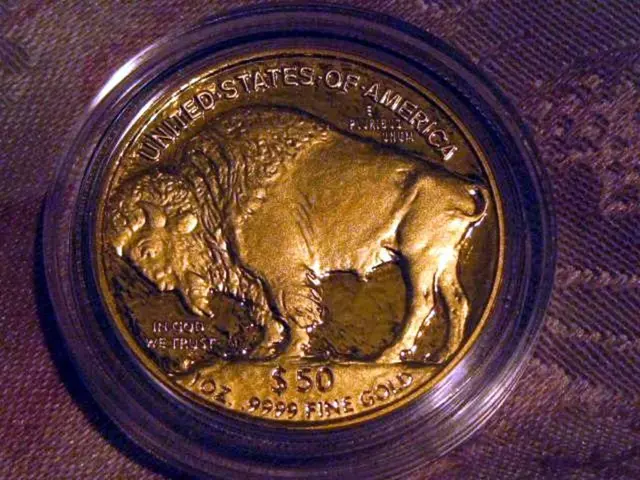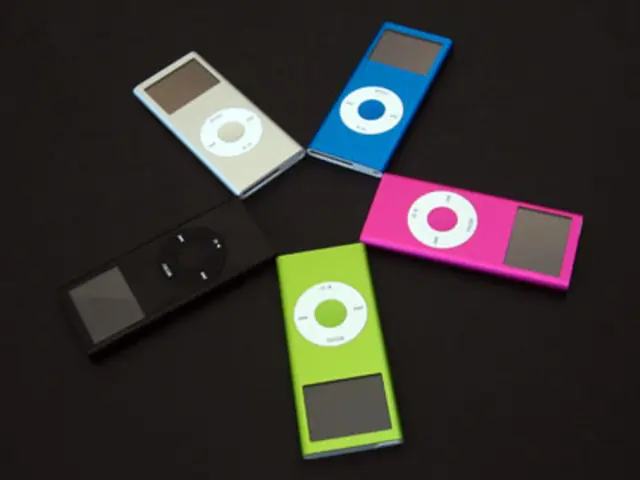Gold Extraction Method Devoid of Mercury and Cyanide: Discovered, a Greener Approach for E-waste Gold Recovery
In a groundbreaking breakthrough, researchers at Flinders University in Australia have devised a novel, non-toxic, and cost-effective method for recovering gold from electronic waste and ore. This innovative approach, which utilises trichloroisocyanuric acid (TCCA) and a specially designed polymer rich in sulfur, promises to revolutionise the gold extraction industry and significantly reduce its environmental footprint.
The process begins with the activation of TCCA, which serves as the leaching reagent. When combined with saltwater and activated, it dissolves gold, providing an effective extraction method that avoids toxic byproducts. This method eliminates the need for harmful chemicals such as mercury and cyanide, commonly used in traditional gold extraction processes[1][2].
A light-activated polymer is then employed to selectively bind and recover high-purity gold. This polymer, which can be recycled after the gold extraction, creates a fully sustainable recovery system[2]. The polymer's role is crucial, as it allows for the extraction of gold from complex, mixed-up materials found in electronic waste[3].
This method offers numerous environmental and health benefits. By reducing toxic waste and providing a safer alternative for small-scale miners in developing countries, it significantly minimises pollution and health issues associated with traditional methods[1][2][3]. Moreover, the TCCA-based approach could significantly reduce the reliance on toxic chemicals like mercury and cyanide in small-scale gold mining operations[4].
The proposed method for recovering gold from e-waste does not require drilling, blasting, crushing, or chemical processing, potentially reducing energy use and CO2 pollution from gold mines[5]. The process of making the polymer is eco-friendly, relying on UV light to start the chemical reaction that forms it.
The Flinders University team aims to collaborate with industry and recycling companies to test the method on larger quantities of e-waste and mined material. They have already partnered with researchers in Peru and the US to test the method on real ore from artisanal mines. In some cases, the new method was able to extract trace amounts of gold from waste left over from scientific experiments[6].
The collective amount of gold in discarded electronic waste makes it a valuable source of gold, and this method could potentially recover a significant amount of this valuable metal[7]. The study on the new gold recovery method has been published in the prestigious journal Nature Sustainability, signifying its potential global impact.
This innovative approach integrates green chemistry and engineering principles, offering a sustainable solution for extracting gold from both ore and electronic waste, contributing to a circular economy and reducing the environmental footprint of gold mining[1][3]. The new method for recovering gold from electronic waste offers a non-toxic and low-cost solution, marking a significant step towards a greener and more sustainable future for the gold extraction industry.
References: [1] https://www.flinders.edu.au/news/media/gold-recovery-from-e-waste-using-pool-chemical [2] https://www.smh.com.au/national/scientists-develop-non-toxic-method-to-extract-gold-from-e-waste-20210624-p5865x.html [3] https://theconversation.com/flinders-university-develops-non-toxic-method-to-extract-gold-from-e-waste-164954 [4] https://www.abc.net.au/news/2021-06-24/flinders-university-develops-non-toxic-method-to-extract-gold/100442656 [5] https://www.abc.net.au/news/science/2021-06-24/flinders-university-develops-non-toxic-method-to-extract-gold/100442656 [6] https://www.abc.net.au/news/science/2021-06-24/flinders-university-develops-non-toxic-method-to-extract-gold/100442656 [7] https://www.abc.net.au/news/science/2021-06-24/flinders-university-develops-non-toxic-method-to-extract-gold/100442656
- This groundbreaking research in environmental science at Flinders University centers around a unique method for recovering gold, revolutionizing the industry and reducing environmental impact with a non-toxic and cost-effective approach.
- The process involves the activation of trichloroisocyanuric acid (TCCA), a leaching reagent, combined with saltwater and activated, it dissolves gold without producing harmful byproducts such as mercury and cyanide.
- A light-activated polymer rich in sulfur is then employed to selectively bind and recover high-purity gold, offering a fully sustainable recovery system and allowing for the extraction of gold from complex, mixed-up materials found in electronic waste.
- This innovative approach offers substantial benefits for both the environment and health, significantly minimizing pollution and health issues associated with traditional methods and reducing reliance on toxic chemicals like mercury and cyanide in small-scale gold mining operations.
- The method eliminates the need for drilling, blasting, crushing, or chemical processing, potentially reducing energy use and CO2 pollution from gold mines, making it a more eco-friendly process.
- The Flinders University team plans to collaborate with industry and recycling companies to test this method on larger quantities of e-waste and mined material, aiming for a global impact in sustainability and gold extraction efficiency.
- The collective amount of gold in discarded electronic waste has the potential to be a valuable source, and this method could recover a significant amount of this valuable metal, contributing to a circular economy and reducing the environmental footprint of gold mining.




